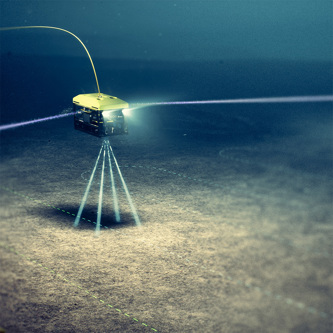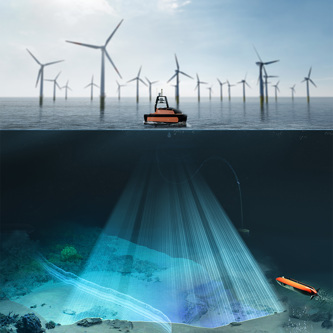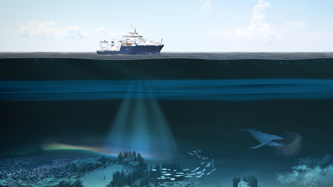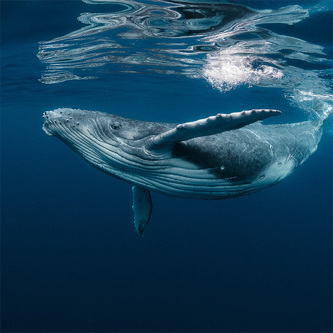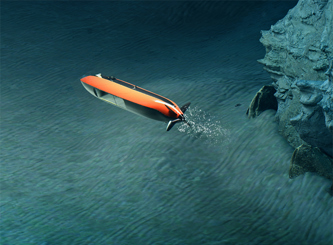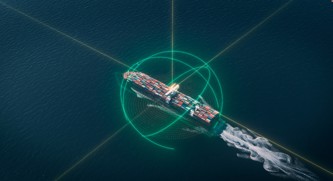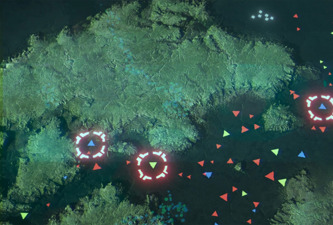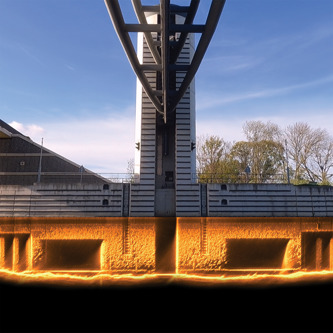Explore the versatility of our innovative solutions
We pride ourselves on developing innovative products that cater to a wide range of applications across various industries. Our cutting-edge solutions are designed to enhance efficiency, safety, and performance, making them indispensable tools for professionals around the world.
Explore how our products can transform your operations, providing you with the reliability and precision you need to excel in your industry. Join us on a journey of discovery and see how our commitment to innovation can help you achieve your goals.
